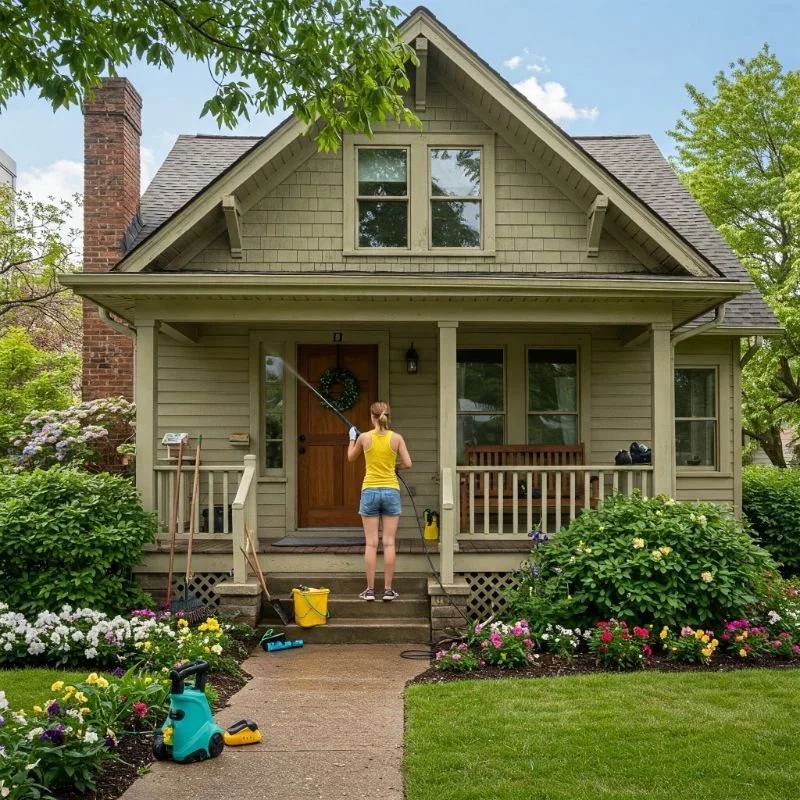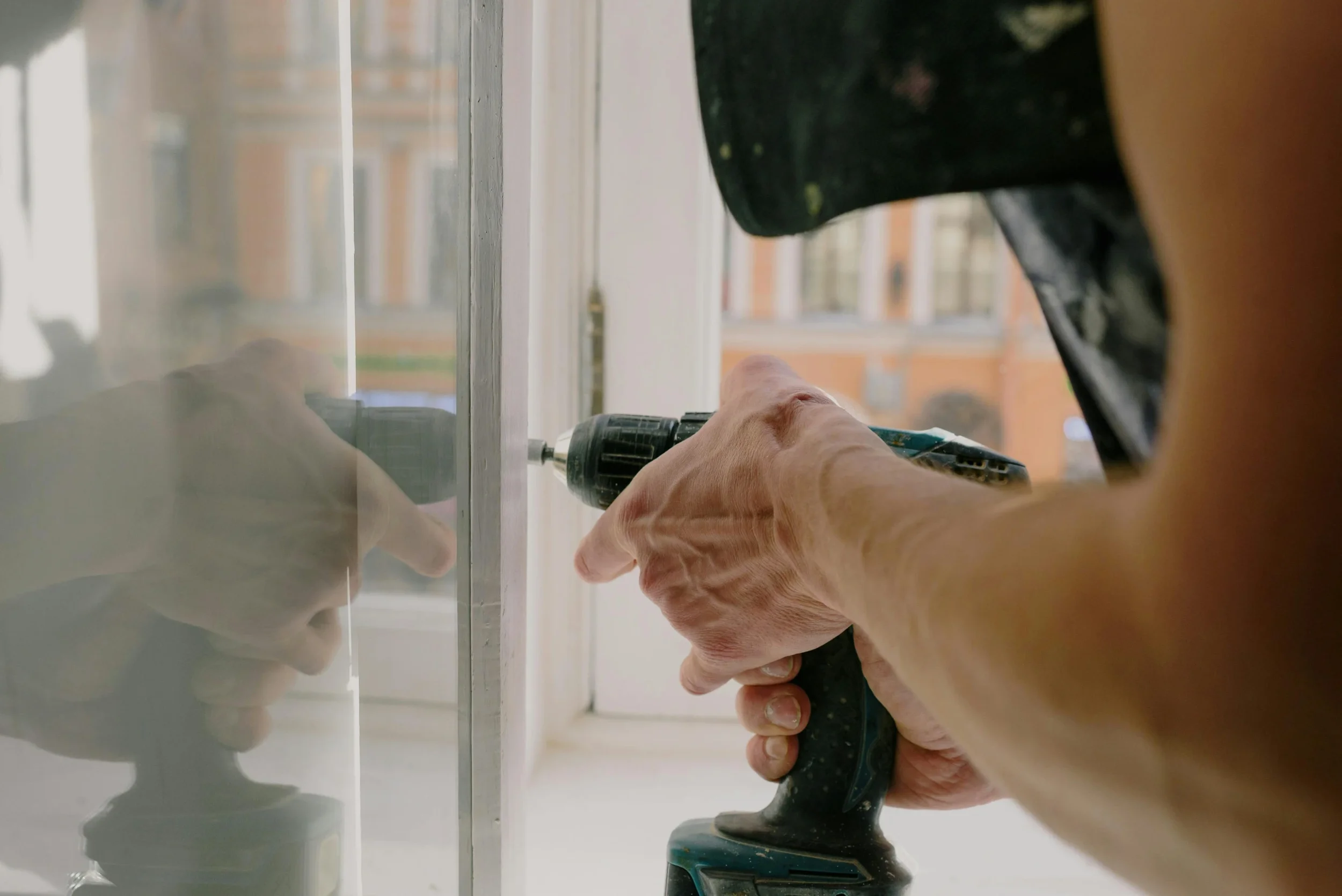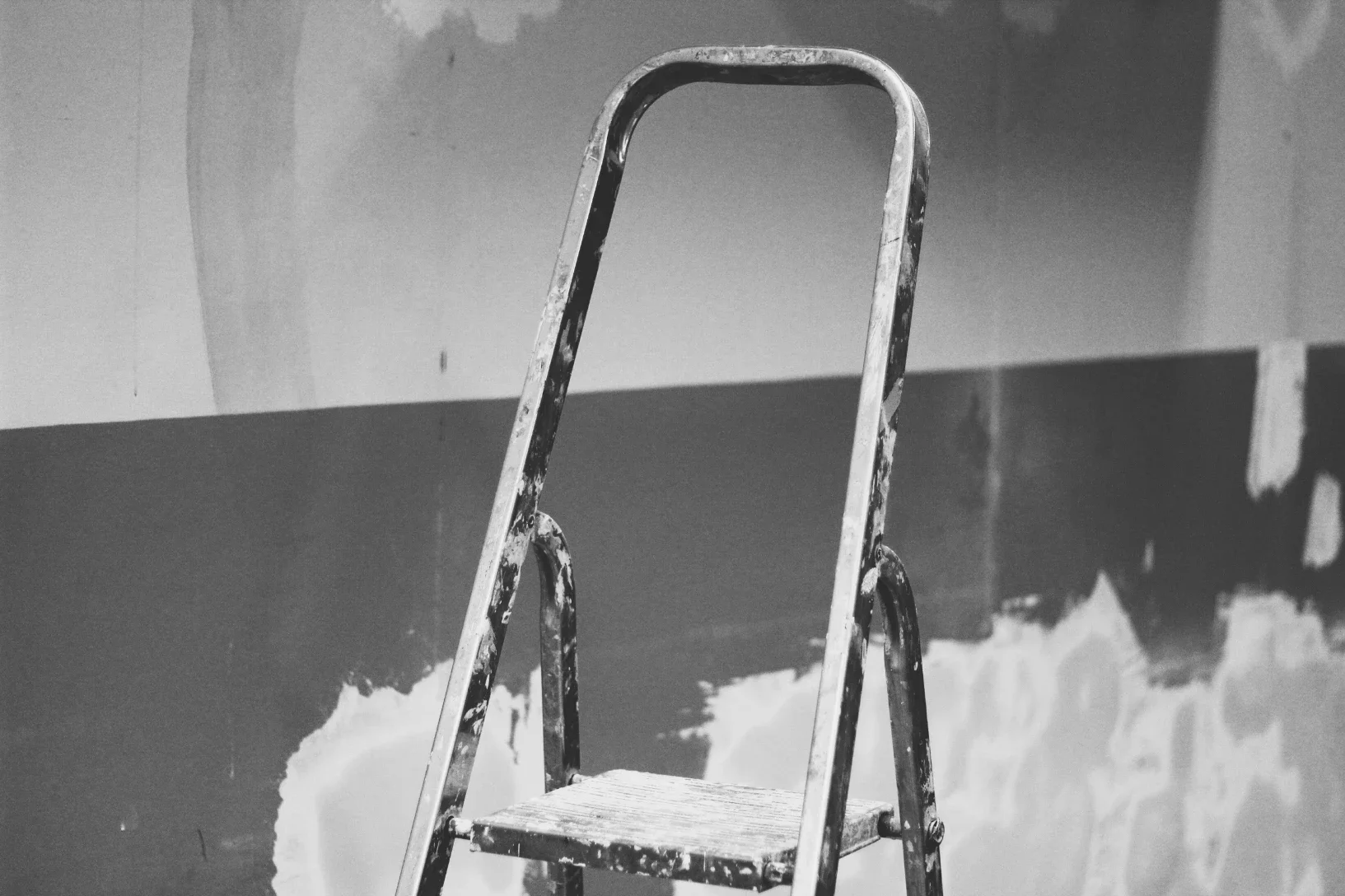The Art of the Comeback: Transforming Fire-Damaged Spaces into Dream Rooms
Learn how to turn fire-damaged spaces into stunning dream rooms with expert tips on restoration, design, and resilient home transformations.
When a fire strikes a home, the damage it leaves behind is more than physical—it’s deeply emotional. The loss of cherished belongings, the disruption of daily life, and the sheer shock of such a sudden event can feel overwhelming. Yet, within this chaos lies an unexpected opportunity: the chance to rebuild not just a structure, but a sanctuary. A fire doesn’t have to be the final chapter of your home’s story. In fact, it can be the start of something new, bold, and beautifully intentional.
Fire damage restoration is more than repair—it’s transformation. It’s about breathing life back into charred walls and smoke-stained ceilings, and doing so with vision, creativity, and care. This is where resilience meets design, where safety converges with style. With the right approach, even a space touched by tragedy can emerge stronger, smarter, and more inspiring than before.
Now, let’s explore the ways of turning post-fire restoration into a true comeback story—one where every room reflects healing, hope, and high design.
Assessing the Aftermath with a Clear Head
Before you can rebuild, you have to understand the scope of the damage. This starts with a professional assessment—not just for insurance claims but for safety and structural integrity. Fire doesn’t always destroy uniformly. Some rooms may look intact but could be hiding compromised beams or wiring beneath the surface.
Start with essentials: roofing, support structures, and electrical systems. A licensed contractor can identify hidden risks like weakened insulation or mold growth caused by water used to extinguish the flames. Taking a methodical, unemotional look at what can be salvaged and what must be replaced creates the foundation for smart restoration.
The Restoration Foundation—Cleaning, Repairing, and Prepping
Once the inspection is complete and safety is confirmed, the restoration begins. First up: clearing out soot, smoke residue, and odors. Smoke can penetrate far beyond the burn site, and its stubborn scent can linger in fabrics, walls, and HVAC systems.
This is where a professional fire damage restoration service really shines. They use specialized techniques and tools—like ozone treatments and thermal fogging—to fully cleanse the space. From there, it’s on to repairing surfaces. Walls are re-plastered, floors re-laid, and ceilings repaired. Think of this as preparing a fresh canvas—what follows will define the new aesthetic of your home.
Embracing a New Aesthetic
Starting over doesn’t mean starting without a soul. In fact, many homeowners find the silver lining of a fire in the chance to rethink their home’s layout and style. It’s the perfect moment to let go of outdated elements and try something that better suits your life today.
Consider design styles that reflect rebirth and simplicity. Scandinavian design, for example, blends clean lines with cozy textures, evoking warmth and clarity. Japandi (a mix of Japanese minimalism and Scandinavian functionality) is another excellent option—calm, intentional, and rooted in natural elements.
Even if you’re not starting entirely from scratch, integrating legacy pieces that survived the fire can ground the new design emotionally. A restored heirloom dresser or framed family photo brings history into the present, blending old resilience with new beginnings.
Materials That Marry Beauty with Resilience
If fire teaches anything, it’s that beauty should never come at the cost of safety. This is your chance to choose materials that look great—and stand up to future risks.
For walls, consider fire-rated drywall or cement board. For flooring, stone, tile, or even sealed concrete not only look modern but are more fire-resistant than traditional hardwoods. If you prefer wood aesthetics, engineered options exist that include fire-retardant finishes.
Window treatments and upholstery can also be upgraded. Opt for fabrics that meet NFPA (National Fire Protection Association) standards. Fire-resistant curtains, furniture, and rugs are available in designs so elegant you’ll forget they’re functional first.
One of the biggest trends in home design today is smart materials—surfaces that adapt to heat or light, self-extinguish, or emit alerts when exposed to high temperatures. Integrating these into your rebuild doesn’t just future-proof your space, it gives it a cutting-edge finish.
Lighting, Color, and Mood—Creating Emotional Comfort
Restoration isn’t just physical. Rebuilding a home’s atmosphere is just as important. Light and color play major roles in this process.
Begin with lighting. Layered lighting (a combination of ambient, task, and accent lighting) brings depth and flexibility to a room. Use dimmers to adjust mood, and prioritize natural light where possible—large windows and glass doors not only brighten a space but symbolically invite hope back in.
Color, too, matters. After a traumatic event, many find comfort in serene, earthy tones: sage green, clay beige, smoky blue. These hues create a sense of calm and can psychologically aid healing. Avoid high-saturation reds or oranges—while vibrant, they can be subconsciously reminiscent of flames.
This stage is where design becomes emotional therapy. A home isn’t just a shelter; it’s an expression of how you want to feel day to day. Let the post-fire version of your home reflect peace, resilience, and light.
Furnishing the Future—Functionality Meets Style
The final layer of transformation is furnishing. It’s not just about style—it’s about choosing pieces that support your lifestyle and your healing.
Go for furniture that’s built to last. Think metal legs instead of untreated wood, sealed surfaces instead of porous ones. If you’re repurchasing major items, prioritize brands that focus on sustainability and safety standards. You’ll often find that what’s safest is also the most thoughtfully designed.
Consider multi-functional pieces: ottomans with storage, modular sofas, expandable dining tables. These give you flexibility and help make a newly designed space feel even more custom-fit.
This is also a great opportunity to incorporate wellness design elements. Add indoor plants for air purification and tranquility. Choose ergonomic chairs and beds to enhance comfort and health. Every design decision, post-fire, can be an act of self-care.
Conclusion: The Beauty of the Rebuild
Fire may destroy structures, but it also strips things down to their essence. What remains is an opportunity—albeit an uninvited one—to build not just a safer house, but a more thoughtful home.
Transforming a fire-damaged space into a dream room isn’t about copying what you had before—it’s about creating something that reflects who you are now. It’s about honoring the past, managing the present, and designing for the future.
With the right planning and creative vision, your comeback story won’t just be about recovery—it’ll be about reinvention. And when it’s all said and done, you won’t just have rebuilt walls and ceilings. You’ll have built a sanctuary.







